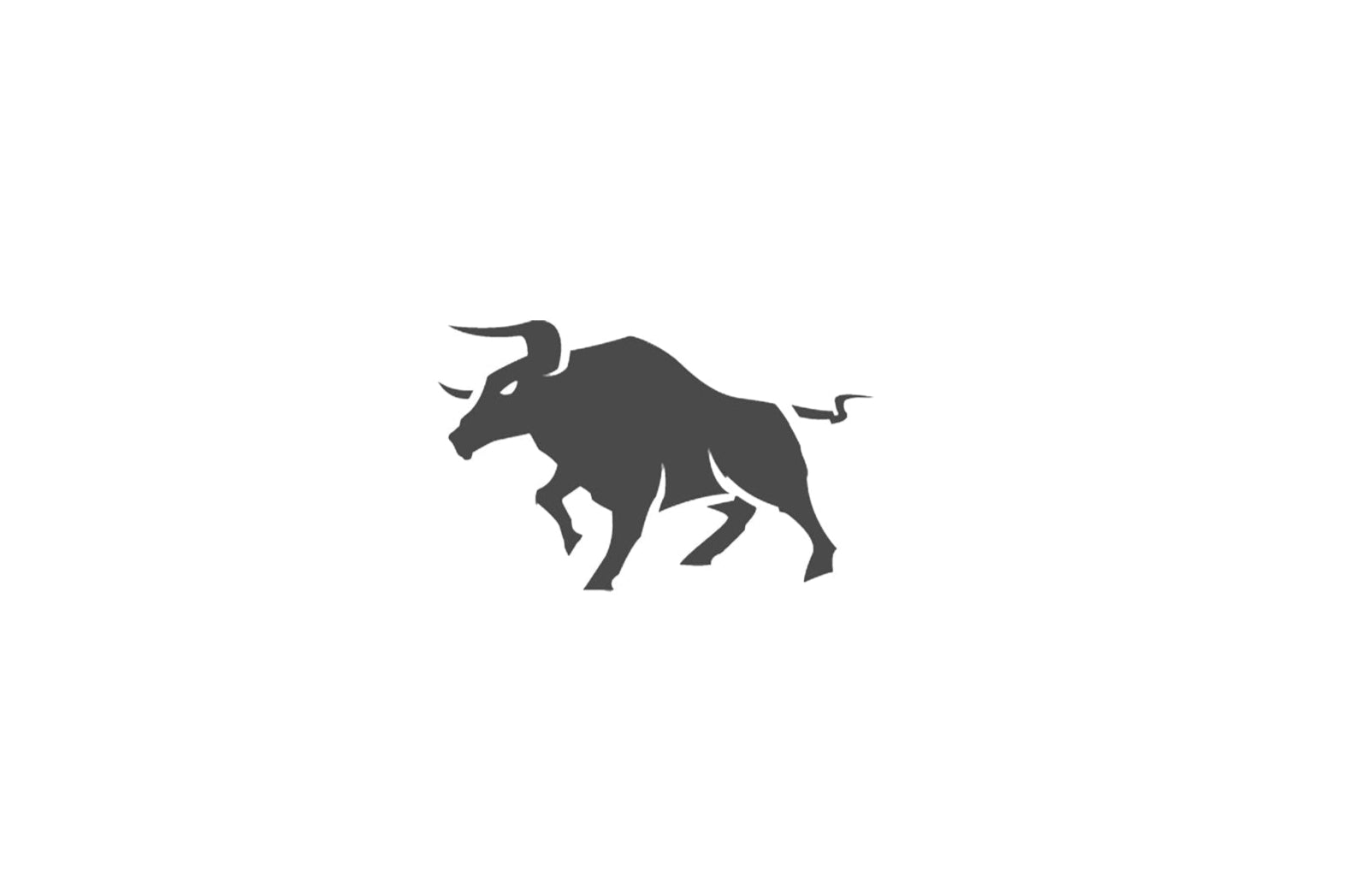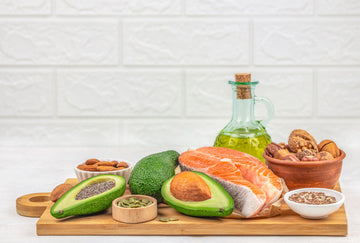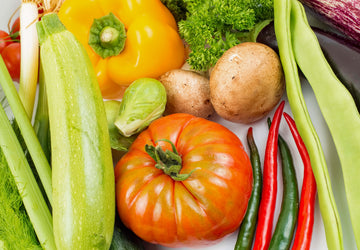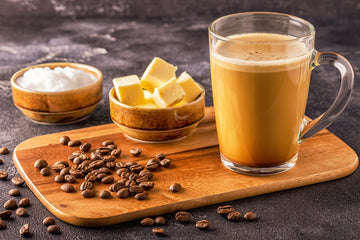The Paleo diet and vegetarianism are two completely different ways of eating. Both are popular and each offer their advantages. If you want to combine the advantages of both diets in one diet, the best thing to try is the Pegan diet.
With the multitude of nutritional tips that our society offers, it is difficult to keep track. Nevertheless, the right diet is crucial for our health. Dr. Mark Hyman is the inventor of the Pegan diet. He has objectively examined both diets and merged them into one effective diet.
How does the Pegan diet work?
The key to the Pegan diet is not the amount of food consumed, but its nutritional content. By eating nutrient-rich, high-quality foods, our innate feeling of hunger returns. We then only eat to cover our natural supply of nutrients and energy. The Pegan diet has the following basic rules: 1. Avoid industrial sugar Artificial sugar and processed carbohydrates increase blood sugar levels and damage the cardiovascular system. A healthy diet rich in vital nutrients consists mainly of fruit and vegetables, pulses, nuts and lots of tea. 2. Vegetables above all! Dark vegetables are rich in healthy nutrients. In general, vegetables should make up 50 - 75 percent of your diet. Vegetables strengthen the immune system and protect against disease. 3. Healthy fats The pegan diet includes oils that are rich in omega-3 fatty acids. These include olive oil and coconut oil, as well as the fats in avocados and nuts. Industrially processed oils such as sunflower oil, rapeseed oil or soybean oil should rarely be used. The omega-6 fats they contain can cause harmful inflammation in the body. 4. Eat less meat Vegans don't eat meat. Pegans should fill a quarter of their plate with protein-rich meat. The other three quarters of the plate should be filled with vegetables. Black rice, pumpkin or sweet potatoes are suitable as gap fillers. 5. No dairy products Scientific studies have shown that dairy products can lead to obesity, heart problems, inflammation and diabetes. Therefore, no dairy products on the pegan menu. 6. Gluten is taboo A successful Pegan diet avoids foods that contain gluten. Whole grain products should also be purchased with caution. Eating grain products increases blood sugar levels and promotes autoimmune diseases. 7. Use pulses sparingly Pulses contain valuable minerals, proteins and fiber. However, you should not consume more than one cup a day. Too much pulses increases blood sugar levels and causes digestive problems. Diabetics in particular should only consume pulses sparingly. 8. Some natural sugar is allowed For special occasions, the Pegan diet allows the consumption of sugar in its natural form. Snacking on honey, maple syrup or coconut blossom sugar is no problem for Pegans. However, industrial sugar is not included in the Pegan diet. 9. Genetically modified food? No thanks. No foods that are genetically modified, contain additional colorings and preservatives, are contaminated with antibiotics or hormones, or contain industrial sugar. If you follow these basic rules, you will eat successfully and healthily with the Pegan diet.The Pegan Diet in Everyday Life
For breakfast, a protein shake made from:- Berries
- Nuts
- Seeds
- unsweetened almond milk
- Coconut butter
- Almond butter
- Sardines or wild salmon
- Salad with pumpkin seeds and avocado
- Meat or wild salmon (a quarter of the plate)
- Vegetables
- Grilled mushrooms or pumpkin
- Leaf salad
Paleo diet + vegetarianism = Pegan diet
The inventor of the Pegan diet, Dr. Mark Hyman, is one of the most respected health and fitness experts. He is the director of the Center for Functional Medicine in Cleveland, USA. For him, a healthy lifestyle includes a conscious diet. This includes foods that are rich in nutrients and prevent chronic complaints or even bring about a cure. Dr. Mark Hyman sees advantages in both vegetarianism and the Paleo diet. These two diets are fundamentally different and their followers are divided into two camps based on their preferences. Both sides are convinced that their diet is the healthiest. This assumption is not wrong. Studies show that a vegan diet and also the Paleo diet support diabetics, lower cholesterol levels and contribute to a reduction in body fat. Dr. Hyman is convinced by both diets. Their advantages are combined in the Pegan diet to create a very healthy diet. With the Pegan diet, Dr. Hyman wanted to develop a daily meal plan that brings together the best advantages of both diets.Pegan = The combination of Paleo and Vegan
Dr. Hyman is convinced that the two diets have a lot in common. After all, they only allow high-quality, natural and fresh foods and exclude industrially processed foods. Both diets contain the following nutritional principles: 1. No artificially processed foods = Little flour starch, processed carbohydrates and sugar in the recommended foods. 2. Fruit and vegetables dominate the menu = A large selection of fruit and vegetables is on the menu. Darker varieties are particularly good for your health. 3. Sustainable cultivation, fewer pollutants = Both diet plans place emphasis on fresh, high-quality, sustainably grown food. These conditions mean that the food comes into less contact with hormones, pesticides or antibiotics right from the start. 4. Genetic manipulation excluded = Paleo and vegan require natural foods. Genetically modified foods are therefore excluded. 5. Healthy fats = The good omega-3 fats (nuts, seeds, olive oil) are included in both diets. 6. Good proteins = Healthy fish and meat products from sustainable farming provide a protein supply that helps against cravings and promotes muscle building. 7. Dairy products = Consumption is not recommended in either diet as dairy products promote health problems such as heart problems, diabetes and weight gain.The differences between the Paleo diet and the vegan diet
The Paleo diet is based on the eating habits of people in the Stone Age. The permitted foods include:- Fruit
- Vegetables
- Eggs
- Fish
- Meat





